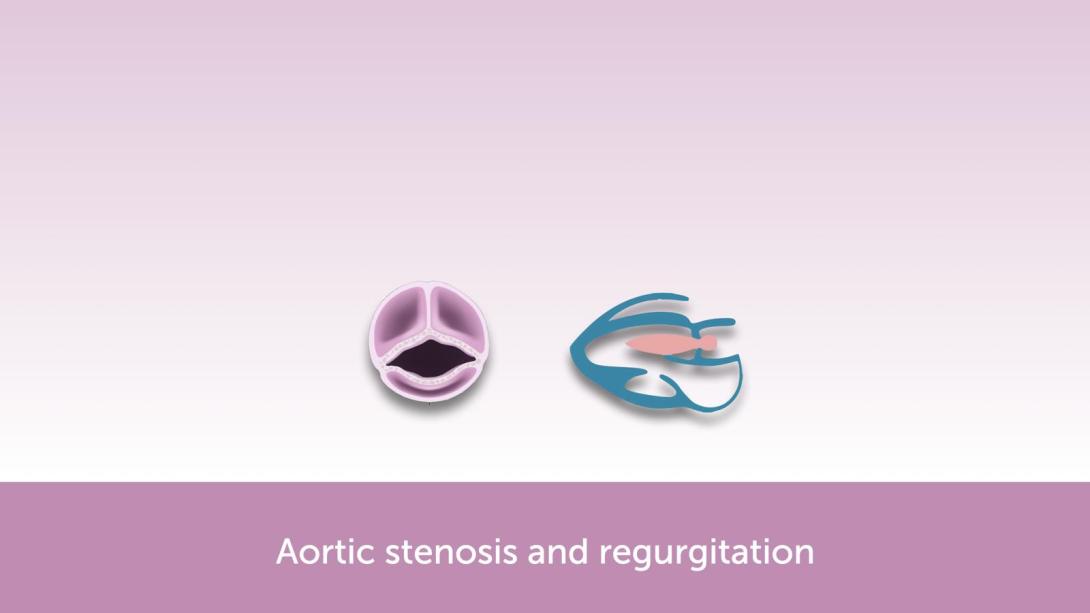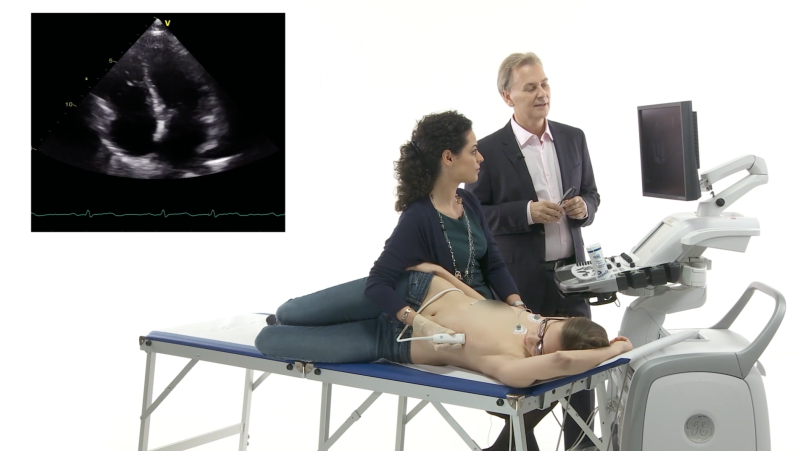Course Speakers
Curriculum
Chapter 1
Aortic Stenosis - Basics
Introduction, epidemiology, and the impact of AS. Understanding the hemodynamics and symptoms associated with aortic valve disease.
0 lectures and 0 quizzes
Chapter 2
Aortic Stenosis - Causes
Detailed look into congenital and acquired causes of AS and AR. Examination of bicuspid and tricuspid valves, rheumatic AS, and radiation-induced AS.
0 lectures and 0 quizzes
Chapter 3
Aortic Stenosis - Echo Assessment of AS
Understanding aortic valve morphology and its assessment using ultrasound. Evaluation of additional findings in AS and left ventricular function (LVF) assessment.
0 lectures and 0 quizzes
Chapter 4
Aortic Stenosis - Quantification of AS
Overview and methodologies for quantifying AS using Doppler and planimetry. Focus on measuring gradients, assessing aortic valve area (AVA), and handling complex cases like low-flow, low-gradient AS.
0 lectures and 0 quizzes
Chapter 5
Aortic Stenosis - Special Circumstances
Evaluating AS in special conditions such as atrial fibrillation, LVOT obstruction, and pressure recovery.
0 lectures and 0 quizzes
Chapter 6
Aortic Stenosis - Management of AS
Indications for intervention, selection between TAVR (Transcatheter Aortic Valve Replacement) or SAVR (Surgical Aortic Valve Replacement), and echo assessment pre- and post-TAVR.
0 lectures and 0 quizzes
Chapter 7
Aortic Regurgitation - Basics
Introduction and Epidemiology. Symptoms and Other Imaging Modalities: Understanding clinical symptoms and the role of additional imaging methods in detecting AR.
0 lectures and 0 quizzes
Chapter 8
Aortic Regurgitation - Causes
A detailed breakdown of the various congenital and acquired causes of AR, offering insights into the most common and rare etiologies.
0 lectures and 0 quizzes
Chapter 9
Aortic Regurgitation - Hemodynamics and Echocardiographic Findings
Hemodynamics: A focus on the hemodynamic changes associated with AR and how they impact cardiac function. Echofindings: A thorough review of typical echocardiographic features of AR, including acute AR and multivalvular disease.
0 lectures and 0 quizzes
Chapter 10
Aortic Regurgitation - Quantification of AR
Principles of Quantification: Methods for assessing the severity of AR, including imaging the color jet, pressure half-time, and visual assessment techniques. Retrograde Flow and Volumetric Calculations: Advanced techniques for measuring regurgitant flow and volumetric assessments of AR, including real-world demonstrations. Role of TEE: The application of transesophageal echocardiography (TEE) in evaluating AR, particularly in complex cases.
0 lectures and 0 quizzes
Chapter 11
Aortic Regurgitation - Therapy
Indication for Surgery: Guidelines for when surgical intervention is necessary, based on the latest evidence. Follow-Up and Conclusion: Best practices for long-term monitoring of patients with AR and concluding remarks on treatment approaches.
0 lectures and 0 quizzes
Objectives

Gain foundational knowledge about the nature and types of aortic valve disease.
Explore the different etiologies contributing to aortic valve disease.
Learn how to assess the aortic valve using echocardiography.
Get trained in advanced methods to quantify aortic valve pathology.
Review and interpret case studies focusing on bicuspid and tricuspid valve conditions.
Understand and apply Doppler spectrum analysis in the assessment of aortic valve disease.
Learn how to perform planimetry to assess valve areas.
Ideal for:
Recommended Courses

Student Discount
Are you a student? Get 50% discount on this course by completing the student application form.
Get Student Discount



